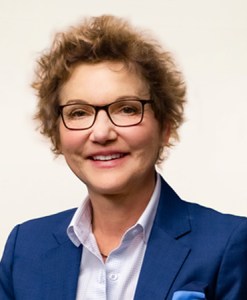Over the past 15 years, labor-quality growth has been very strong—defying nearly all earlier projections—and has added around 0.5 percentage points to an otherwise modest U.S. productivity picture. Going forward, labor quality is likely to add considerably less and may even be a drag on productivity growth in the medium term. Using a variety of methods, we project that potential labor-quality growth in the longer run (7 to 10 years out) is likely to fall in the range of 0.1 to 0.25 percent per year. In the medium term, labor-quality growth could be lower or even negative, should employment rates of low-skilled workers make a cyclical rebound towards pre-recession levels. The main uncertainties in the longer run are whether the secular decline in employment of low-skilled workers continues and whether the Great Recession pickup in educational attainment represents the start of a new boom or is simply a transitory reaction to a poor economy.
About the Authors
Mary C. Daly is president and CEO of the Federal Reserve Bank of San Francisco. Learn more about Mary C. Daly
John G. Fernald is an Economist Emeritus and former senior policy advisor in the Economic Research Department of the Federal Reserve Bank of San Francisco, and a professor of economics at INSEAD. Learn more about John G. Fernald

